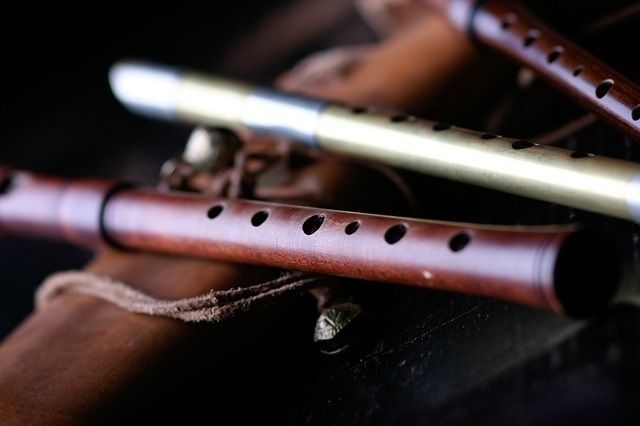Wind Bands in Mexico, a rich ancestral tradition
How war became a means of propagation of wind bands, as a form of forced transculturation, first in Europe and, from the 16th century onwards.

Wind bands in Mexico have been an artistic expression and their scores are part of the country's evolution. Although their antecedents can be found in the practices of pre-Hispanic peoples, their melodies as they are known to date back to the time when the mendicant friars used them to initiate the natives into the Christian religion.
Since the end of the XIX century, the bands helped on the battlefield to give orders, to scare the enemy, or to animate the parades. Within the rural and urban life, they were interwoven with particular distinction with the ritual and festive life, participating in religious processions, bullfights, reception of authorities and important people, funerals, or animating weddings, baptisms and the popular Sunday strolls around kiosks in public squares.
In national and regional history, they were the cradle of great musicians and composers, and they were the makers of important sound groups with a relevant presence in different periods, with the participation of renowned national and foreign directors. Mexico has a very rich musical history, especially in Oaxaca, a state that has a brass band in almost every municipality, in addition to those that exist in other delegations or agencies that also have their groups. This constitutes a treasure in all its communities.
Its establishment derives from the crossbreeding that began within the religious-Catholic framework, first with the Franciscans and later with the Dominicans, Augustinians, and Jesuits, among other religious congregations. These genres were born in the religious sphere and developed there. They moved out of the sacristies of the churches to the common life to evolve in a more complete way and with a more extensive social service at the community level. Over time, they have contributed substantially to safeguarding Mexican history, tradition, and customs.
European instruments that arrived in Mexico in the mid-19th century have been found in the choirs, in addition to those used in the church, such as the sacabuches -a type of trombone- and some saxophones not very different from those used today, as well as pipe organs, such as the one in San Jerónimo (Tlacochahuaya), in Oaxaca, which is world-renowned.
The catalog of musicologist Aurelio Tello shows that the Oaxaca Cathedral houses a large number of materials of Mexican viceregal music, so well composed that these scores are now of great interest to foreign and Latin American institutions. This musical proliferation is demonstrated in the variety of traditional genres throughout the Republic. Some are more widespread nationally or internationally, such as the son jarocho, mariachi music, or others that have remained in very small places, such as the cardenche song in the area of Sapioriz (Durango).
The volume Bandas de viento en México (from the Ethnology and Social Anthropology Collection, Testimonies Series) consists of twelve chapters that show a general panorama of the history, national and regional transformation and the significance of these groups in different periods. Its role was relevant during the Conquest, as well as in the arrival to Mexican soil of the armies of the 19th century, with the French, Belgian, and Austrian brass bands, bearers of new instruments, and the avant-garde in military music.
Source: INAH




